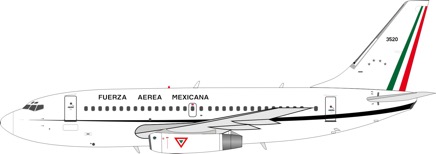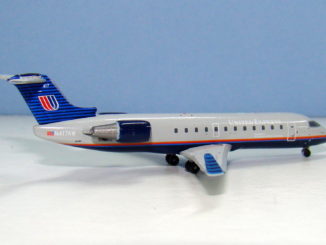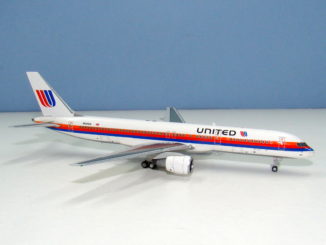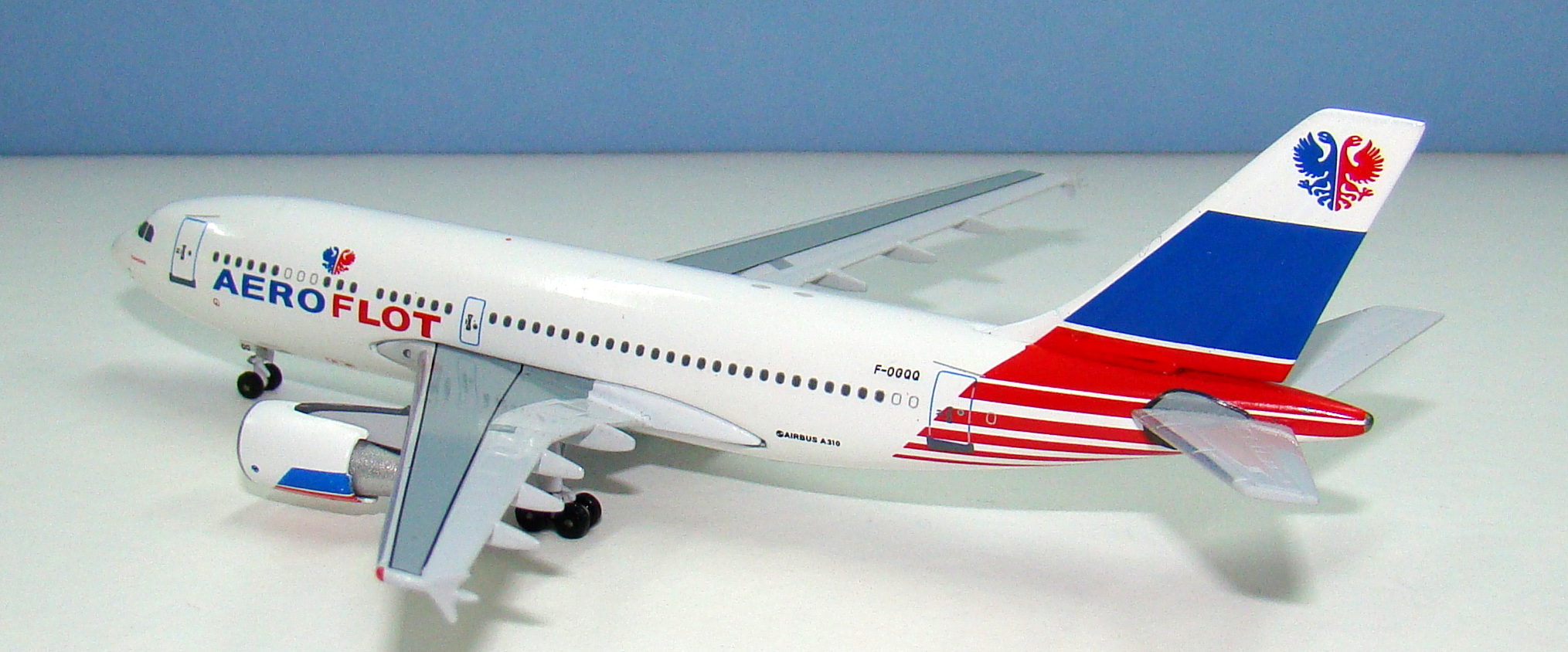
Aeroclassics have long been my go to manufacturer and still make up about 60% of my collection of over 1400 models. They produce a range of aircraft unmatched by anyone else and usually to a high standard. Recently they’ve been kicking out A310s on their new mould at quite a pace so let’s take a look at a colourful release from March.
THE REAL THING

Glasnost and Perestroika signalled seismic changes in super power relations but also in the market conditions that faced Eastern-bloc airlines. Inferior Soviet technology, especially in aero engines, could never compete effectively with Western built airliners and the newly free airlines of the Warsaw Pact began looking around for replacements for their fleets of Tupolevs and Ilyushins. Several landed upon the Airbus A310 as their top contender. It could be acquired quickly, unlike Boeing and McDonnell Douglas types, and was about the right size for the relatively light traffic routes airlines like CSA, Interflug and indeed Aeroflot had.
Aeroflot signed a letter of intent to buy five new A310s in October 1989, but in the end the aircraft, equipped with GE engines, were leased. By the time the first A310s were delivered in August 1992 Aeroflot was a shadow of its former self. In fact a month earlier it had been renamed as Aeroflot – Russian International Airlines (ARIA) with a focus on international flights. The A310s, registered F-OGQQ-U, were put to work on the flagship services to European capitals and the Far East.
The type introduced a new livery, showing off the colours of the Russian flag. Initially it incorporated the old hammer and sickle but this soon gave way to a double headed eagle logo, from the Russian Coat of Arms, in its place. The livery would only ever be worn by the A310s and was retired in favour of the traditional Aeroflot scheme by 1996. This may partly have been a result of the infamous crash of F-OGQS on March 22, 1994, caused by the Aeroflot pilot letting his son take the controls.
Nevertheless the A310 fleet continued to grow with a further 9 aircraft added. The stubby Airbus was an important bridging type for Aeroflot and helped it find a way to profitability. The last of the A310s was returned in July 2004 as Aeroflot moved towards 767-300s for its long haul needs.

Gerard Helmer from Airliners.net
THE MODEL
The format for my reviews is to split them into three key areas:
- The mould of the aircraft
- The paint and livery
- Printing and quality control
Each can get a maximum score of 10 for a section giving a maximum score of 30.
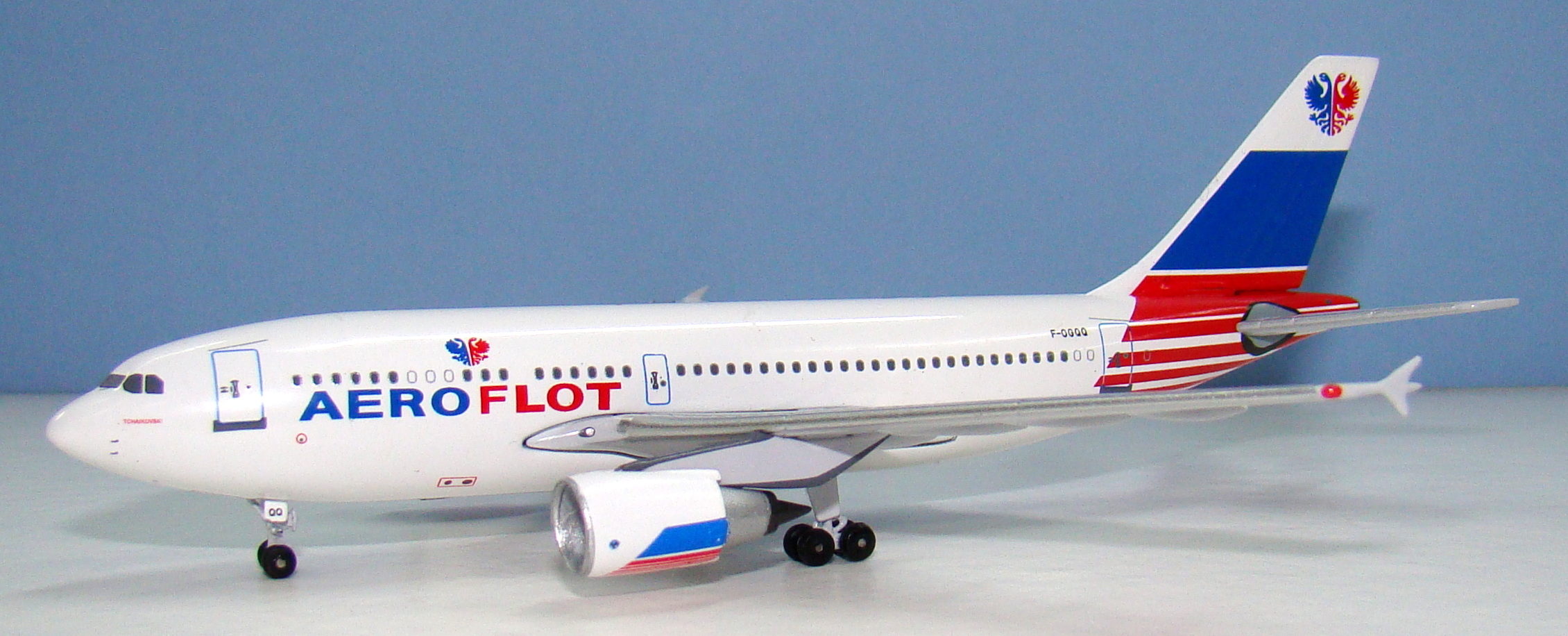
THE MOULD
The new Aeroclassics Airbus A310 mould debuted in July 2016, although the initial releases weren’t branded as Aeroclassics – probably because they usually had the wrong engines on them! Previous to this release there had only been a rather poor selection of attempts at an A310 by Dragon Wings, Herpa, Gemini Jets and Jet-X. The Gemini was the best of a bad bunch but how does the Aeroclassics mould fare?
Overall it is excellent and I am particularly glad to see that they have created a completely new seamless mould rather than modifying their admittedly excellent cradle mould used for the A300. The tail and rear fuselage are note perfect, whilst the quite complicated wing/fuselage join is rendered faithfully. This creates a natural looking join between the wing and fuselage on the mould, however sometimes the fit isn’t quite as tight as it might be – especially at the front and rear.
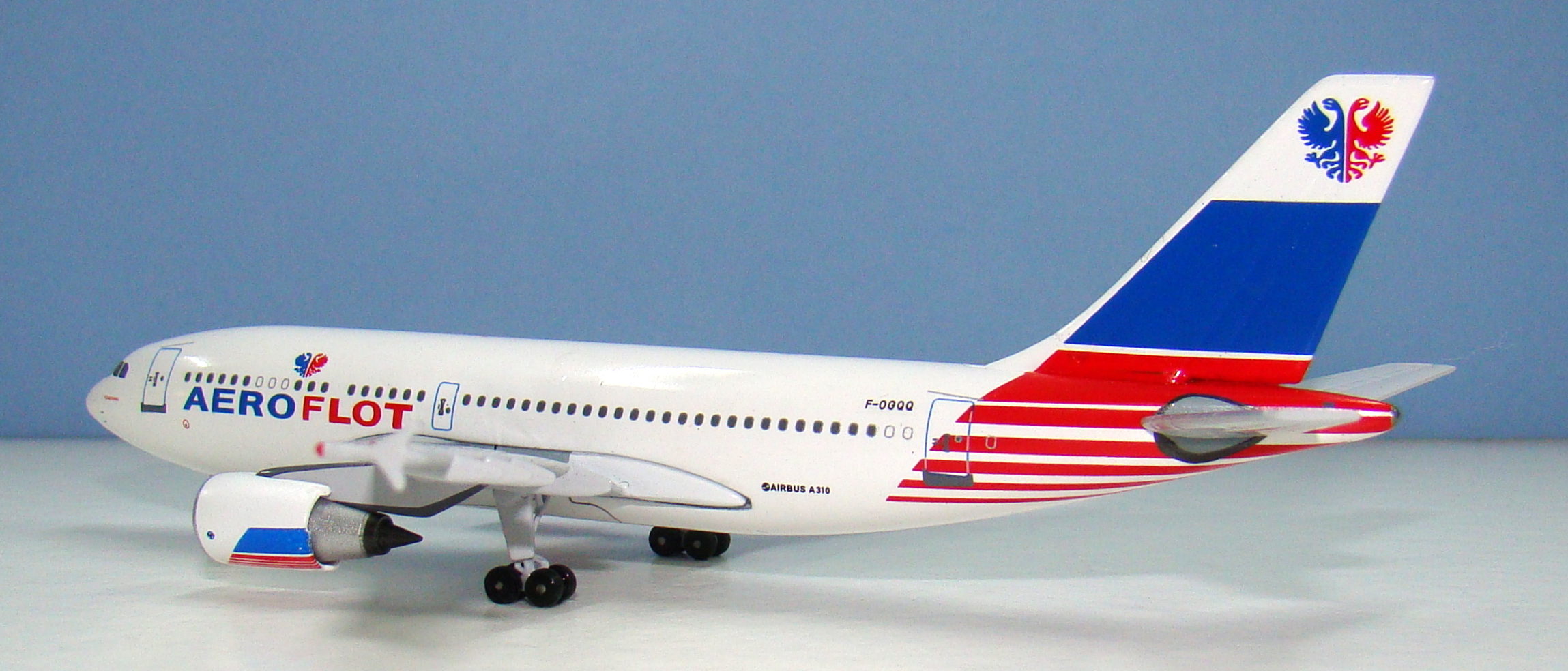
The wings and engine pylons are excellent. Pleasingly the wings have the correct up angle so the engines don’t become groundhugging hoovers like on the Gemini Jets mould. Aeroclassics has recently finally put out a Pratt & Whitney engine with their A310s but as this aircraft has GEs it doesn’t matter and the shape of the engines is pretty decent.
The undercarriage legs are thin and nicely detailed and look good, excepting the simple tyres on spigots and lack of rims familiar to the majority of Aeroclassics moulds. The nose gear is also correctly proportioned giving the A310 its characteristic slightly nose high attitude.
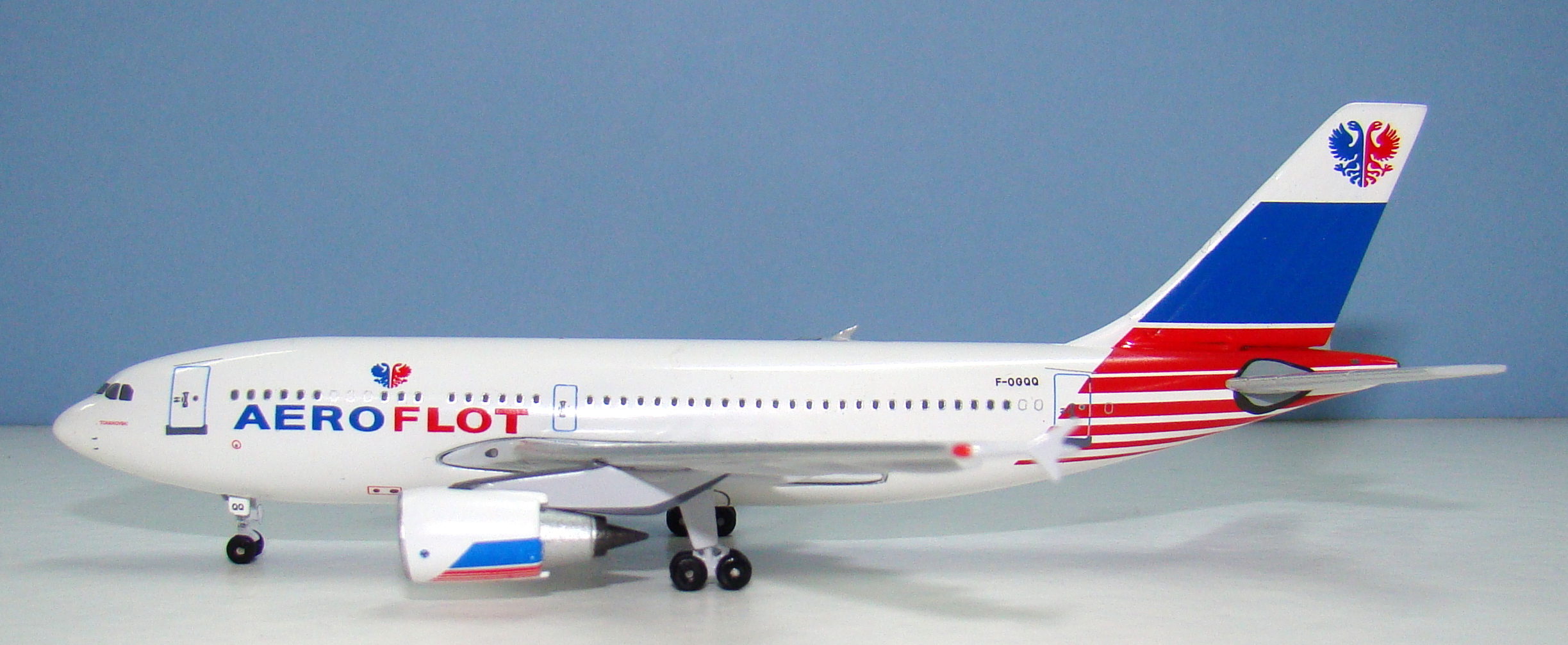
Moving to the nose and the shape is excellent. The only possible criticism I could make here is that the radome may be a little too short, however that is extreme nitpicking. Lastly Aeroclassics simply don’t do aerials so this model, like all their others, comes without them. It’s not a major issue for me but they would be nice on widebodies at least.
So overall this is a fabulous mould. The only areas of improvement are the tyre hubcaps, fitting of the wing at front and rear and lack of aerials. Two of those are things Aeroclassics seemingly does by choice.
SCORE – 9
PAINT & LIVERY
I really like this livery, which is why this model was chosen over the other, standard colours, Aeroclassics Aeroflot release from March for review. It is refreshingly different and in my mind heralded a new start for Russia, one that has been rather cruelly snatched away as it has, since the mid-90s, fallen back into dictatorship; albeit one of a different kind. Although much of the fuselage is white this is actually a surprisingly complex scheme so how have Aeroclassics fared with it?
It is always difficult to colour match when your source material is limited to a relatively small set of photos, mostly taken by non-professionals dating from before digital photography. Having said that Aeroclassics is often accused of getting colours incorrect on modern liveries where this excuse cannot be deployed. In this case I am not sure whether they are correct. Most of the photos I have available, like the two above, make the blue look lighter than on the Aeroclassics model. Then again the below photo matches the Aeroclassics release well. If it is incorrect it doesn’t have a major impact on the model.
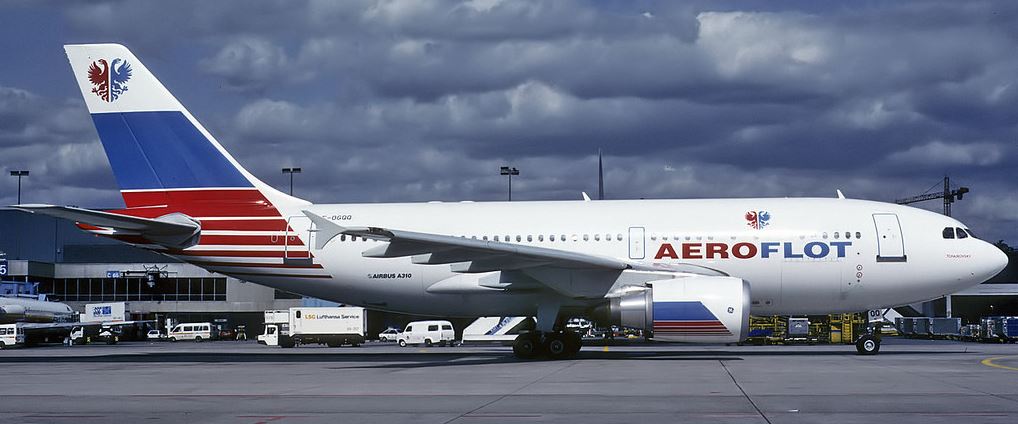
The tail livery is well applied. The only error, and it is a small one, I can find is that the angle of the red chevron and the door corner is not quite correct. I assume the door is printed slightly out of position. I’m not going to penalize the model for that, however I will penalize it for the titles.
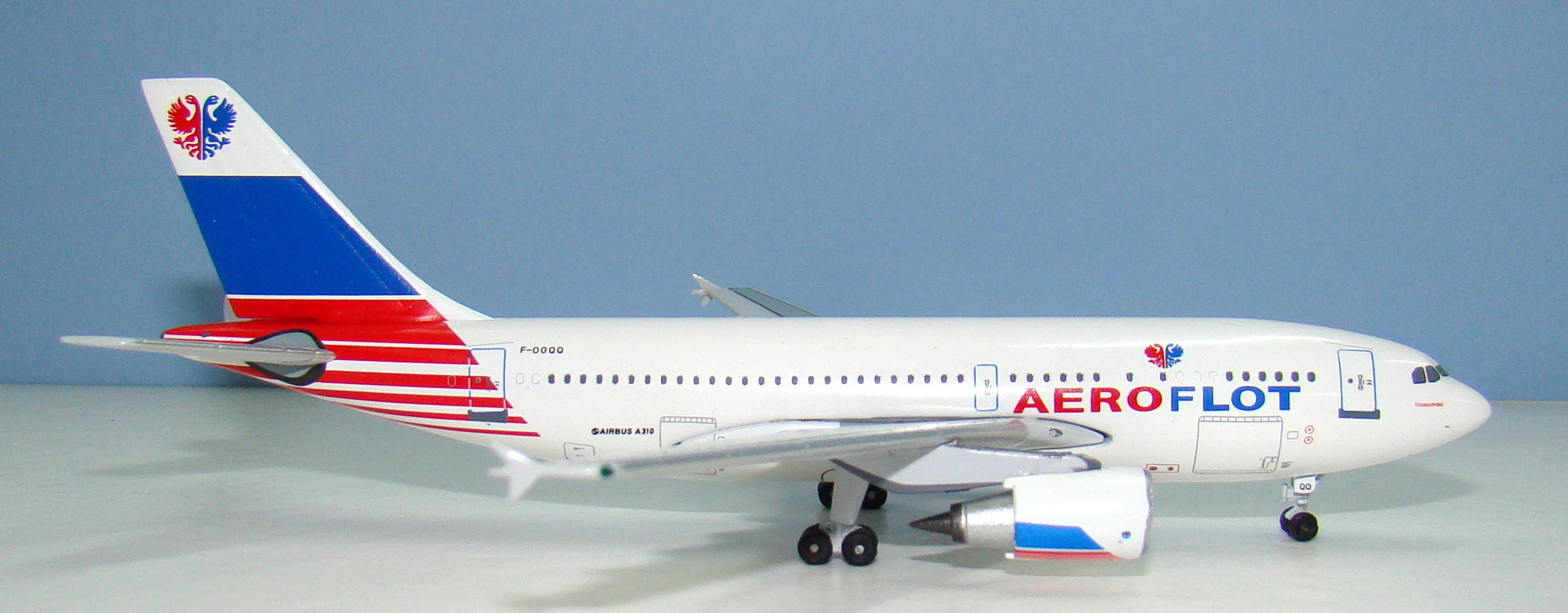
The title font used on the model is clearly wrong. This is most obvious on the A of Aeroflot but it is pretty obvious on all the letters other than the Os. Sometimes the thick parts aren’t thick enough (F and E), sometimes the thin parts aren’t thick enough (top of T) and sometimes the angle of letter parts if just wrong (R). Without reference to a photo you won’t notice this but otherwise it is clear.
The engine livery is also incorrect. I think it is too low on the engines and annoyingly it hasn’t been printed level either. At least the name of the aircraft is printed correctly – ‘Tchaikovski’.
In general Aeroclassics get the livery correct but in detail everything ahead of the wing aside from the eagle logo and aircraft name isn’t correct. I’d like to say I’m surprised but in reality I’m not.
SCORE – 6
PRINTING & QUALITY CONTROL
The printing on this model is very nice. There are no issues and it is pleasing to see that the number of blocked out windows (which is different on each side) is accurately represented. There is also very good detail on the passenger doors and cargo hold doors. The only inaccuracy I can see is the silver along the wing leading edge, which should be light grey like the rear of the wing.
On the quality side Aeroclassics models almost never have smudges or fingerprint issues, which is a credit to them. Having said that increasingly it seems there are construction issues and on this model it is quite damaging. The pylons and engines on modern 1/400 models are often made of plastic, meaning they have to be added separately. This opens up the avenue of poor assembly and on the starboard engine of my A310 this is all too evident. When it arrived the nacelle was hanging at an odd angle from the pylon with a clear gap between the two. There was also some paint damage to the pylon itself.
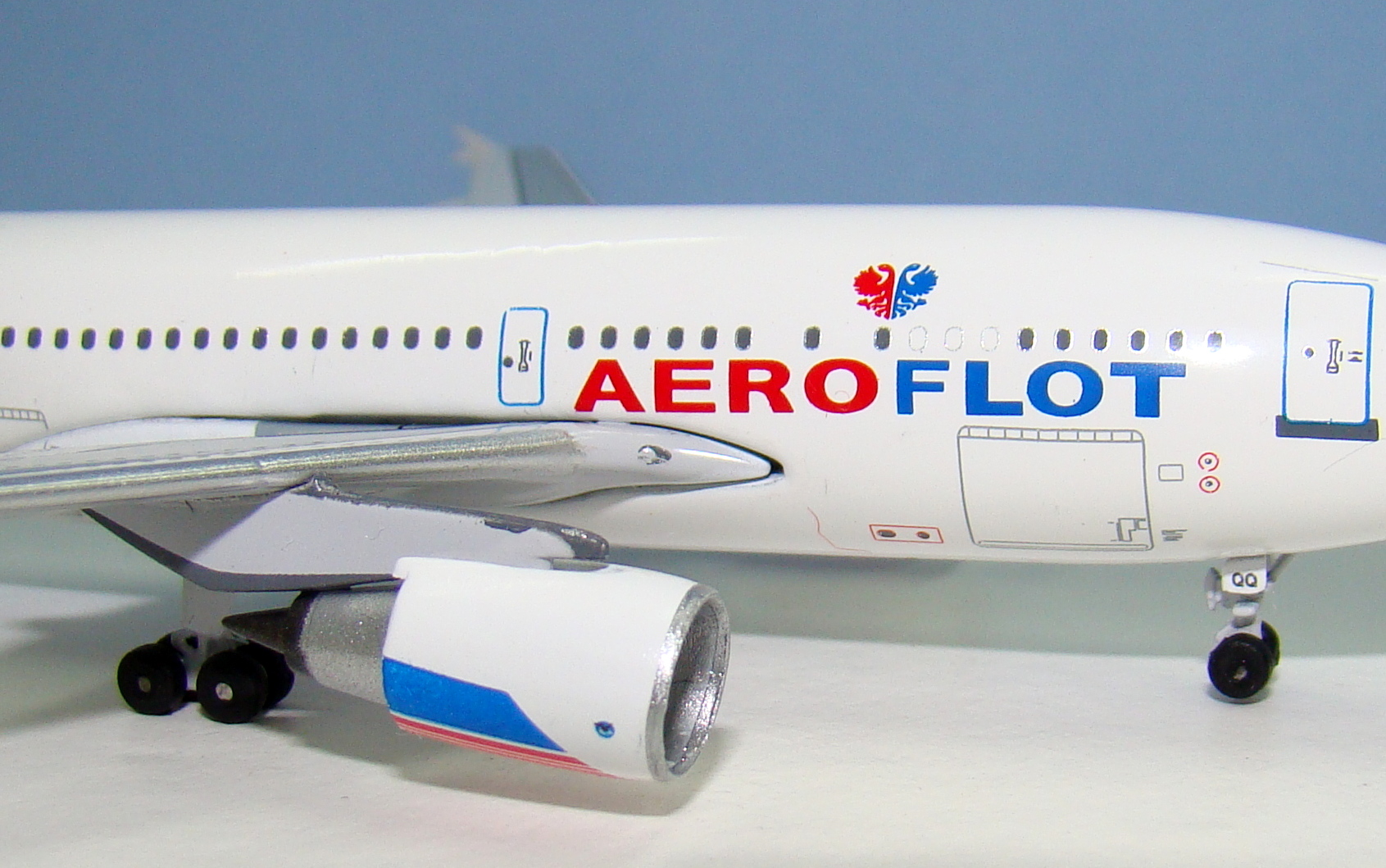
I had hoped this would be an easy fix but alas the engine was glued fast to the pylon and it was some effort to try and align the two. Due to the pylon being plastic this was not possible without some bending of the pylon itself and the end result, although passable at distance, is not great. Firstly I still couldn’t get the engine fully aligned with the pylon (though it is better) and secondly the pylon has some damage caused by the manhandling.
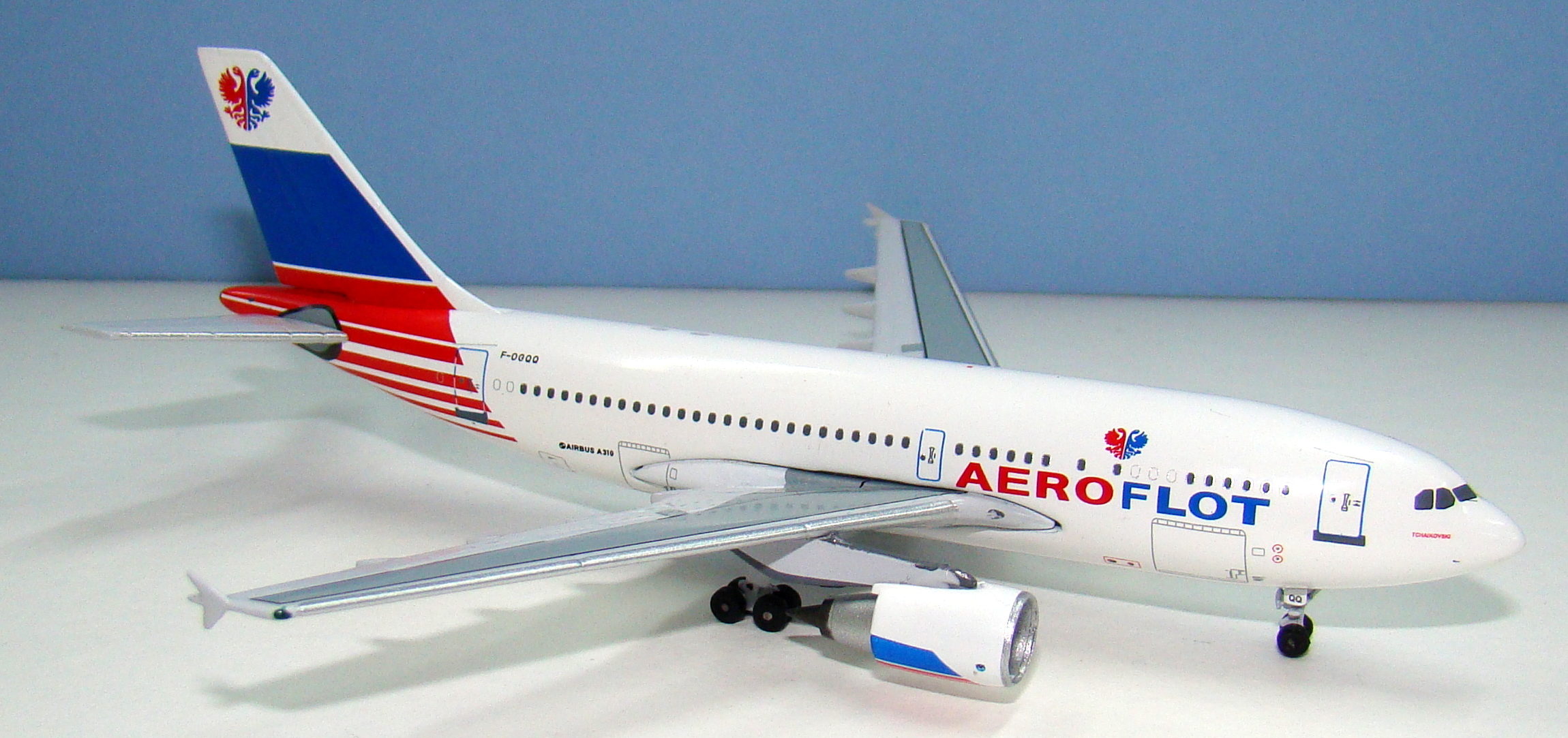
We shouldn’t have to be assembling the model ourselves but in instances like these I’d rather they left off the glue – like Phoenix and JC Wings often do 🙂 – ha ha. I’m lucky I display my models looking towards the left, but seriously it is a simple error that shouldn’t be happening and quality control should be picking up on. There have been far too many of these issues recently with Aeroclassics models, which I used to be able to guarantee, would be put together properly.
SCORE – 6
CONCLUSION
This is a long awaited model for me and to be honest I’m rather disappointed with it. The mistakes in the livery are signs of laziness and the engine pylon problem is shoddy workmanship. It seems none of the major manufacturers can be trusted to put the care into putting the models together properly nowadays, whilst the research being done is perfunctory. I really like the Aeroclassics A310 but I am going to have to be more careful of my purchases if this continues.
FINAL SCORE – 21/30

